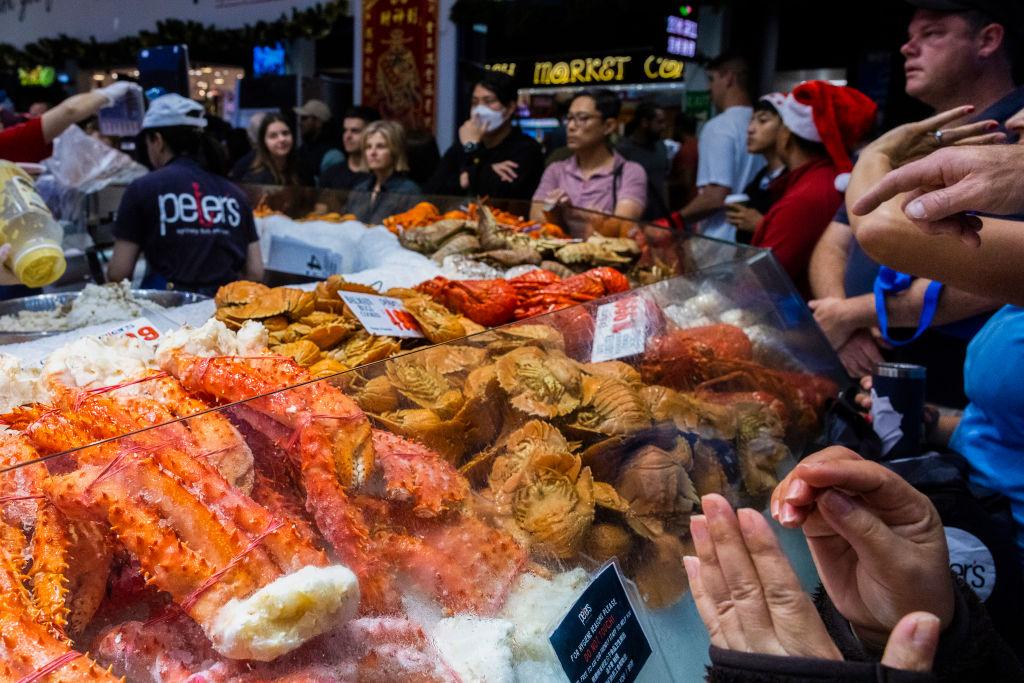Australia saw a significant drop in inflation in the June quarter as price pressures for many consumer goods weakened. However, economists have warned it is too early to expect an end to the Reserve Bank’s current interest rate hiking cycle.
New data from the Australian Bureau of Statistics (ABS) showed that the consumer price index (CPI) rose by six percent in the 12 months to June quarter, down from seven percent in the previous three months and from the peak of 7.8 percent in the December 2022 quarter.





